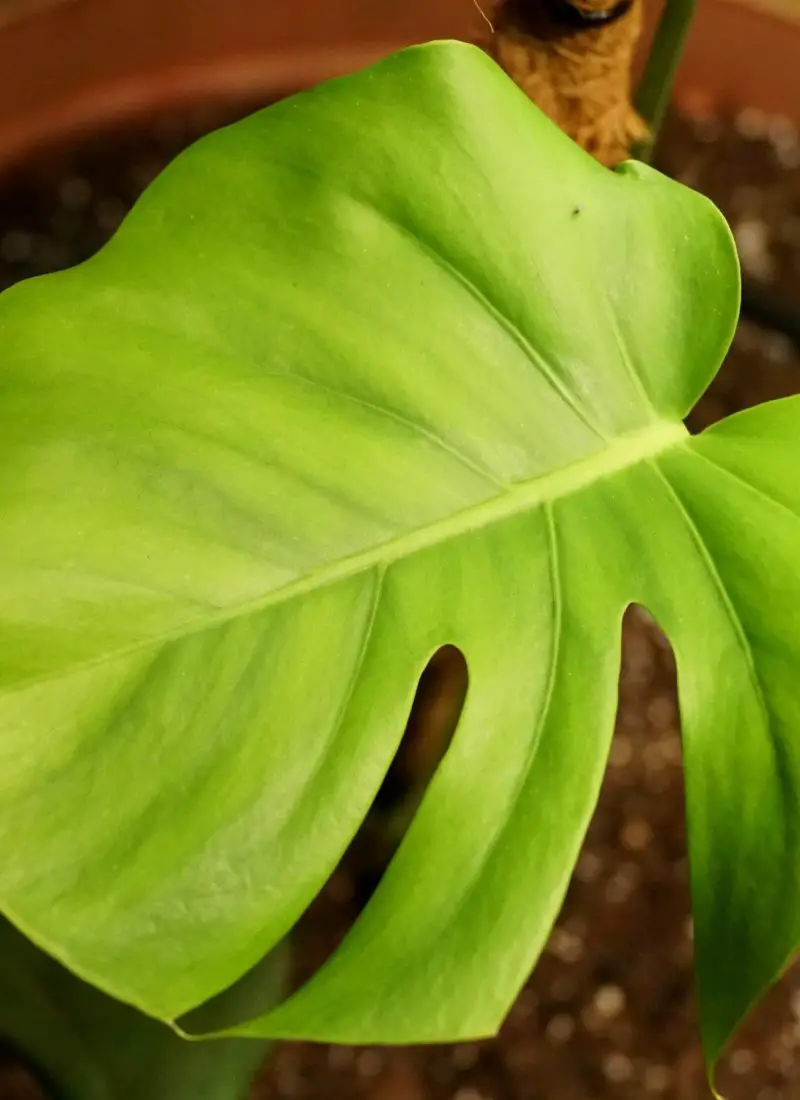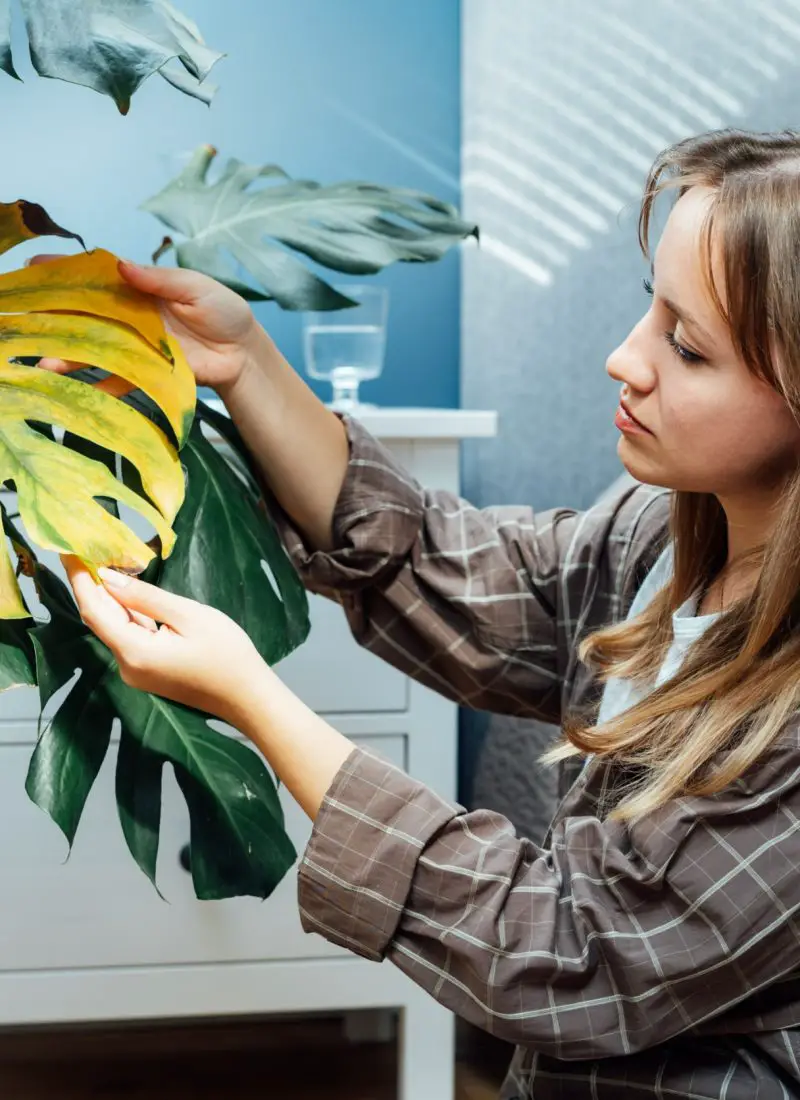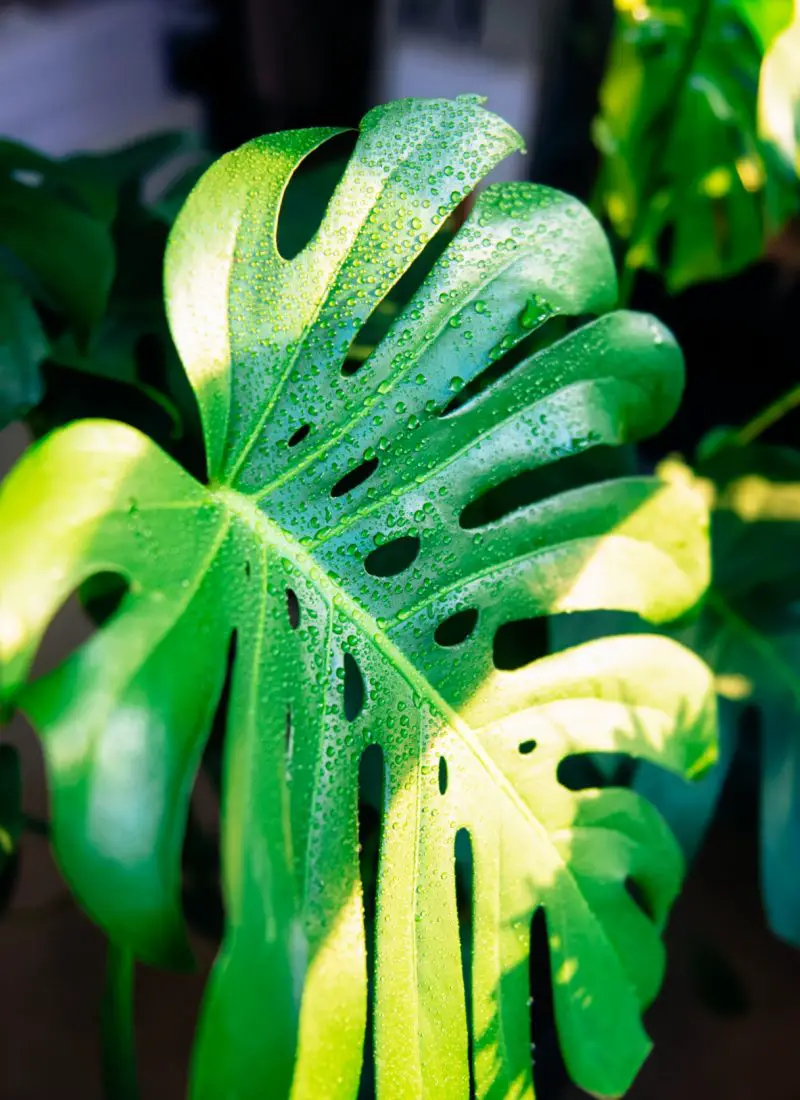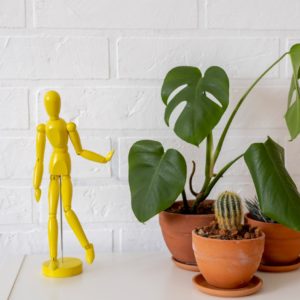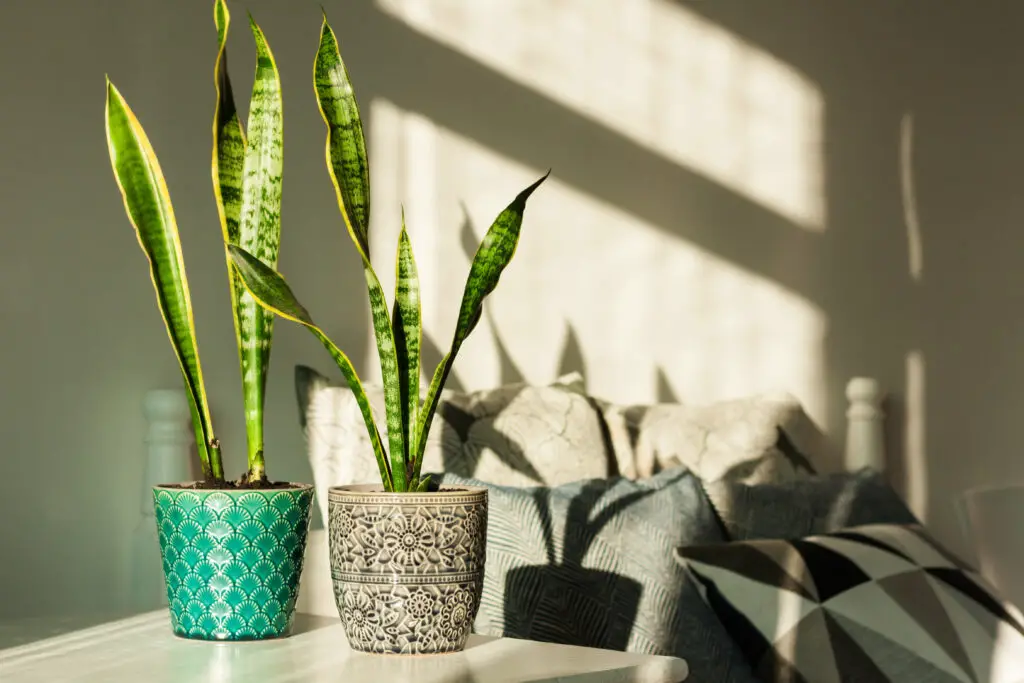
Snake plants are pretty hardy, can tolerate neglect, and handle different growing conditions. But can it survive in a pot with no drain holes?
As a whole, Snake plants require drainage holes to remove excess water and salt build-up in the soil. It helps to prevent root damage from fertilizer burn and rot from overwatering. If there are no pots with drain holes available, it’s best to use them as cache pots instead.
Below, I elaborate more on the consequences, drainage improvements, and helpful tips for using pots without drain holes:
(As an Amazon Associate, I earn from qualifying purchases.)
Table of contents
What Will Happen to Snake Plants in a Pot Without Drain Holes?
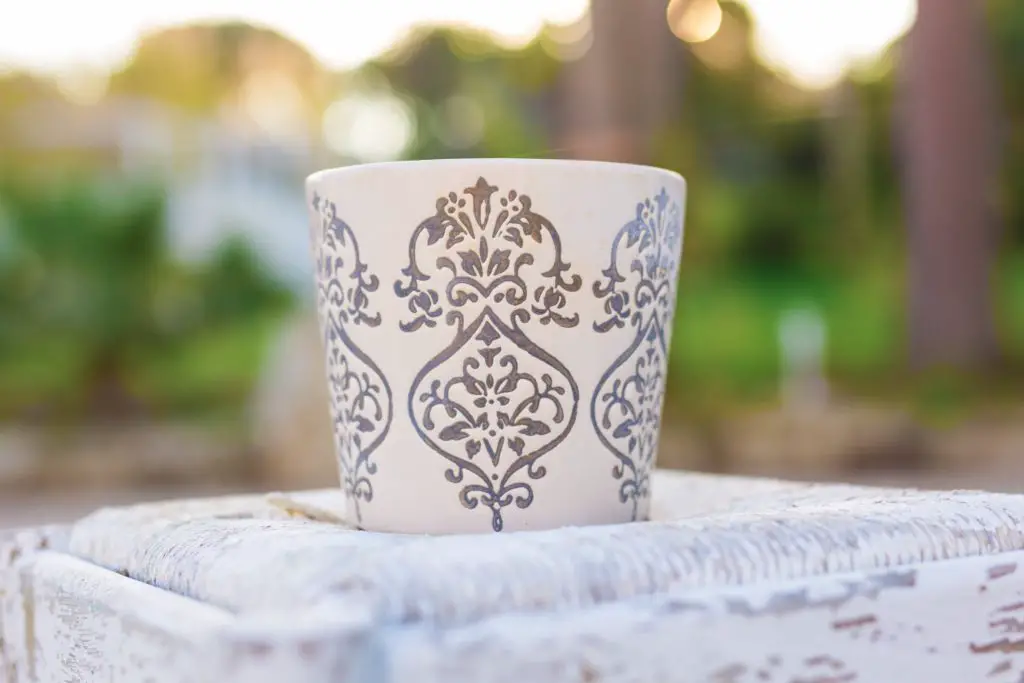
Snake plants are a plant owner’s favorite houseplant for several reasons. They’re easy to care for, they look great, and they don’t need a lot of water. But there’s one small thing that people tend to overlook about them: they need drainage holes. Basically, these are the holes at the bottom of a pot designed to drain excess water.
A common misconception people get about Snake plants is that just because it’s known as an almost indestructible plant, it’ll survive anything. That’s not entirely true. Because there are two things that can un-alive this robust plant:
- Freezing temperatures. As a tropical plant, the winter chill is one of its deadly foes. If temperatures fluctuate and drop below 50°F (10°C), it’s enough to cause cold damage to the plant. The leaves will turn black, wither, develop brown spots and tips, split and eventually stop growing.
- Overwatering, causing root rot. Snake plant is a drought-tolerant succulent, so it doesn’t need much water to thrive because it can store them in its leaves and thick roots. You can get away without watering it for up to a month, and it still won’t die. But if you water too much, that’s a surefire way of un-aliving it. Am I saying this from experience? … Yes, yes, I am. Don’t worry; my Snake plant is doing better now!
With regards to #2, this is why drainage is crucial for a Snake plant to survive. A pot without drainage holes will accumulate stagnant water at the bottom soil layer. And this may lead to all or any of the following consequences:
- Roots getting waterlogged and causing them to rot. The roots won’t be able to breathe oxygen because it is drowning in standing water in the soil. Eventually, the dying roots will cause a ripple effect, resulting in the plant collapsing and dying. You can read more about root rot and how to fix it in this article here.
- The plant will be more susceptible to pests and diseases. The wet soil layer is a potential breeding ground for insects, fungi, and bacteria. Once they have multiplied, they will feed on the nutrients available in the soil, including the plant’s roots. From there, they’ll eat their way up the plant, eventually killing it. You can read more about common houseplant pests & diseases in this article here.
- Salt from fertilizers or tap water with high mineral content will build up in the soil. If you let this go on, the plant will get root damage and yellow/brown, crisped-up leaves. The benefit of drain holes is that you can flush the salts out under running water once in a while to remove them altogether.
These problems can also plague other plants, not just Snake plants. So it’s always better to get a pot with drain holes to make things smoother for you and your houseplants. But there are also other things you can do to improve your plant’s drainage.
How to Improve Drainage for a Snake Plant’s Best Growth?
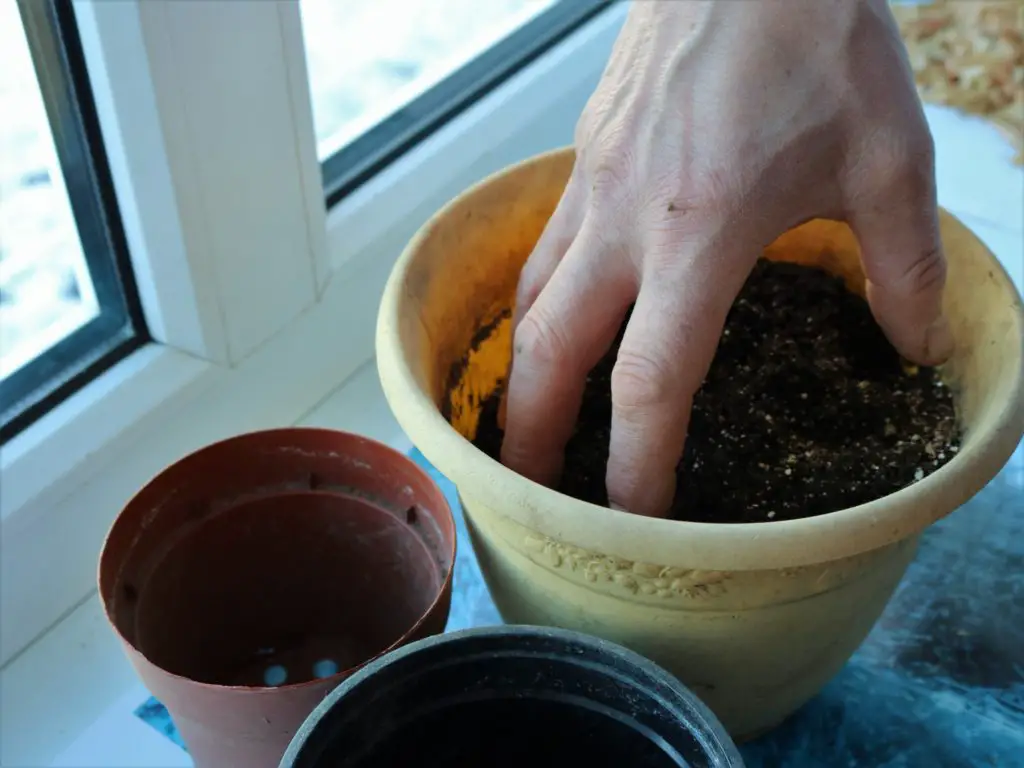
Now you know drainage is vital for all plants. Here are two ways you can improve it other than having drain holes, specifically for your Snake plants:
- Use a well-draining and sandy potting mix formulated for cacti and succulents. These soil blends are often more packed with aerating materials such as perlite, vermiculite, coarse sand, and gravel. They create air pockets in the soil, causing water to pass through quickly. You can always make your own mix with a 5:4:1 ratio of potting soil, aerating materials, and organic matter like vermicompost.
- Choose a porous pot like terracotta or unglazed ceramic. This allows excess water to seep through the baked clay material, so the soil dries out faster. It’s also worth noting that you should use a wide and heavy pot to accommodate some tall varieties of Snake plants, so they don’t topple over. It’ll also give more room for their tuberous roots to grow horizontally and put out new chicks. Eventually, you’ll have to repot the plant every 2-3 years in spring; otherwise, you risk the roots breaking the pot.
But above all that, it’s essential to avoid overwatering your Snake plant. It’s way better to err on the side of underwatering because the plant is likely to bounce back from lack of water than too much of it.
How to Take Care of Snake Plants in a Pot Without Drain Holes

Sometimes, we end up with great decorative pots that don’t have drain holes. You can always try to do a bit of masonry and drill the bottom of the pot to compensate. But with expensive pots, these may not be the ideal answer.
In that case, using them as cache pots is a better alternative. You can place the Snake plant in its plastic grower pot inside your drain hole-less designer pots and simply take them out for watering. This is called double-potting, which I talked about extensively in this other article I wrote.
Remember: you don’t have to water your Snake plant that often. They only need watering once every 2 weeks in spring to fall and once a month in winter after the soil has dried out completely. But this may vary depending on your local climate. Doing the knuckle test before watering can help you gauge the wetness or dryness of the soil.
You can also use a moisture meter. My Snake plant got waaaaaaaay better after I started using this plant life-saving tool from Amazon to make sure it doesn’t drown again on my watch. It checks the moisture level, telling me whether the plant needs watering in that instance or not. If the meter reads ‘wet’, I leave it for 1-2 weeks before coming back to check. If it says it’s ‘dry’, I give it a thorough soak and let it dry out for 2-3 weeks. And if it’s adequately ‘moist’, I hold off on watering for another week. It’s really simple to use, and I cannot recommend it enough. It has 4.4 stars with an excellent 28,062 ratings.
When watering, ensure to do it at the soil level and avoid splashback on the leaves to prevent pathogens from latching onto the plant. You can choose to top or bottom water your plant, whichever is convenient for you. Both have their respective pros and cons, which you can read about more in this other article.
Final Words
All in all, Snake plants need drainage holes for their best growth. Not only does it help the plant develop better, but it gives you peace of mind to know the plant is thriving with the simple necessities of drainage. It’s the little things that matter, after all. Happy planting!
References:
https://blogs.ifas.ufl.edu/nassauco/2017/06/10/fact-sheet-sansevieria-trifasciata/
https://extension.psu.edu/snake-plant-a-forgiving-low-maintenance-houseplant
https://planttalk.colostate.edu/topics/houseplants/1337-snake-plant/
https://www.uaex.uada.edu/yard-garden/resource-library/plant-week/mother-in-law-tongue.aspx


